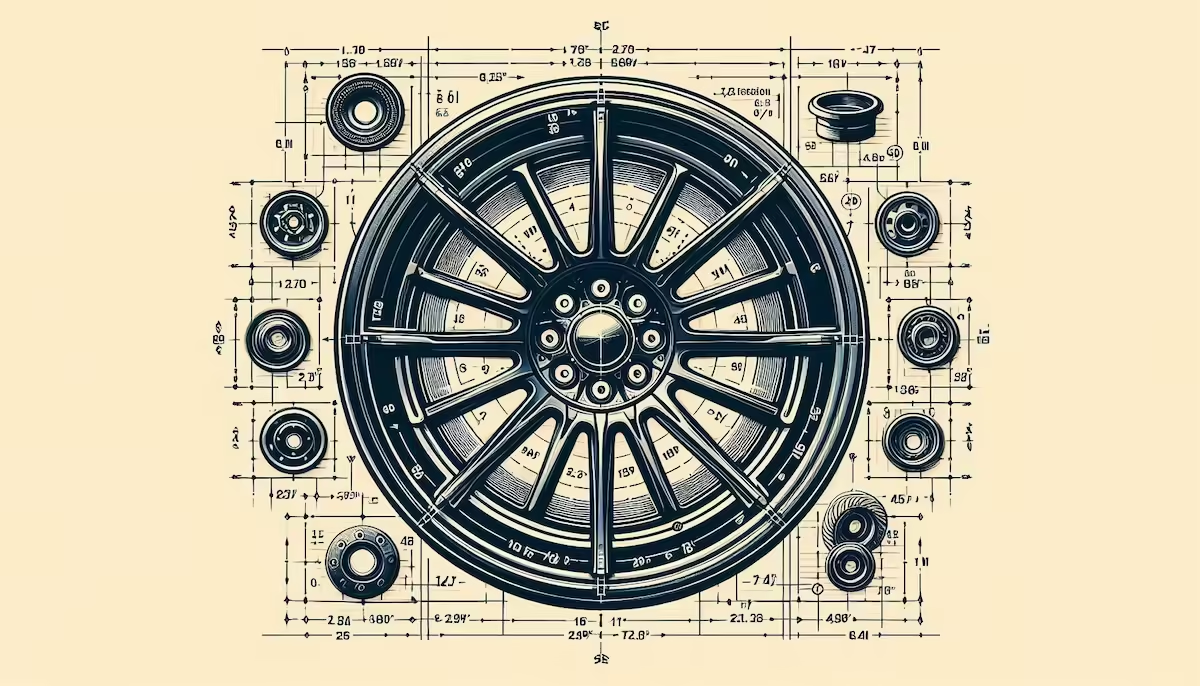The Importance of Price Transparency in the Automotive Industry
Price transparency plays a pivotal role in the automotive industry, as it fosters a sense of trust between consumers and dealerships. When car buyers can easily access clear and upfront pricing information, they are more likely to approach the purchasing process with confidence. Transparency eliminates the frequently encountered ambiguity regarding vehicle costs, allowing potential buyers to make informed decisions without the distraction of hidden fees or unexpected charges. This trust is essential, as it enables consumers to feel secure not only in their financial investments but also in their overall purchasing experience.
Moreover, the clear communication of prices reduces the amount of time consumers spend negotiating. Traditional car buying often involves lengthy back-and-forth discussions regarding price, which can be both frustrating and exhausting. When dealerships embrace transparency by posting prices openly, they significantly streamline the buying process. Customers can compare options with ease, focusing their efforts on finding the best deal without unnecessary delays. This efficiency is beneficial for both the consumer and the dealer, as it fosters a more productive and respectful interaction.
Price transparency also aligns with consumer rights and expectations in today’s automotive market. In an age where information is readily accessible, buyers expect clear and honest communication from dealerships. When consumers feel that their rights to know the full scope of pricing are upheld, they are more inclined to engage with a dealer and, ultimately, make a purchase. Transparency influences buyer behavior, leading to a more open marketplace where customers can evaluate their options comprehensively. As a result, dealerships that prioritize transparency are not just enhancing customer satisfaction; they are positioning themselves as trustworthy partners in the automotive buying journey.
The Risks of Dealing with Non-Transparent Dealers
Engaging with dealerships that do not present clear pricing information poses significant risks for consumers. One of the most prominent pitfalls is the potential for hidden fees. These can include a variety of unexplained charges that surface only at the final stages of the purchase process. End-users may find themselves facing additional costs for services or products that were not disclosed upfront, leading to a frustrating and often expensive surprise. This lack of transparency can contribute to an overall negative experience, wherein consumers feel as though they have been manipulated.
Moreover, the concept of surprise markups exacerbates these risks. Dealers who refuse to clearly display pricing may increase the sell price without prior notification, based on factors that are not communicated to the buyer. Such practices not only erode trust but can also make the purchasing process feel like a gamble, where the outcome is uncertain and dependent on the dealer’s discretion. For instance, a customer entering a negotiation with a specific price in mind may quickly discover that their expected budget is inadequate due to unanticipated increases. This tactic can leave buyers feeling misled and exploiting the emotional stress that often accompanies significant financial decisions.
Real-life examples of these risks abound. Customers have reported experiences where, after committing to a vehicle purchase, they found themselves barraged with unexpected additional costs attributed to ‘dealer preparation fees’ or ‘market adjustment pricing.’ Such experiences highlight how non-transparent pricing can lead to anxiety, dissatisfaction, and a feeling of exploitation. Consequently, this can steer potential buyers away from the dealership entirely, seeking more reputable establishments with clear and honest pricing practices. In an age where information is readily available, consumers are increasingly motivated to avoid dealerships that prioritize obscurity over integrity.
Building a Fairer Market: The Case for Standardized Pricing
The automotive dealership landscape often presents a confusing array of pricing strategies, leaving consumers uncertain and frustrated. Standardizing pricing practices among dealerships can significantly enhance market fairness, benefiting both consumers and reputable dealers alike. The implementation of uniform pricing not only eliminates ambiguity but also fosters a competitive arena focused on service quality and customer satisfaction.
Firstly, consistent pricing across dealerships can empower consumers, providing them with clearer expectations and reducing the anxiety often associated with haggling and negotiation. When buyers are privy to standardized prices, they can make informed decisions based on value rather than navigating a convoluted pricing maze. This approach builds trust, as customers feel more confident that they are receiving a fair deal without hidden fees or unexpected costs. Such transparency is paramount in nurturing long-lasting relationships between customers and dealerships.
Moreover, standardizing pricing levels the playing field for reputable dealers who adhere to fair pricing practices. By minimizing deceptive pricing tactics, the industry can discourage bad actors who exploit consumers’ lack of knowledge. This shift allows honest dealers to compete more effectively based on service quality and customer experience rather than relying on aggressive pricing strategies that disorient buyers. In essence, a focus on standardized pricing fosters healthy competition that can catalyze improvements in customer service and product offering.
Implementing standardized pricing could involve industry-wide collaboration among manufacturers, trade associations, and dealers to agree upon pricing frameworks. Training programs could be introduced to educate dealerships on transparency and ethical pricing practices. Ultimately, creating a level playing field through standardized pricing will reinforce consumer confidence and lead to a sustainable automotive marketplace advocating for fairness and integrity.
Taking Action: How to Choose Dealers Who Value Transparency
As consumers, making informed decisions is crucial, especially in the automotive market where transparency in pricing plays a key role. To choose dealerships that prioritize honest pricing, start by conducting thorough research. Begin your search online by visiting dealer websites and reviewing customer feedback on reputable platforms. Look for dealers who openly display their pricing structures, promotions, and any additional fees. This openness is a strong indicator of their commitment to transparency.
Once you have identified potential dealerships, prepare a list of questions to ask when you visit or contact them. Inquire specifically about their pricing practices, including any hidden fees or additional costs that may arise during the sales process. Ask whether they provide a breakdown of the total costs involved in a purchase, as reputable dealers are more than willing to share this information. Additionally, seek information about the financing options they offer and request clarity on interest rates associated with those options. Clear communication around pricing indicates a dealer’s dedication to maintaining transparency.
Furthermore, verifying pricing information can empower you and ensure that the dealer is not overcharging. Utilize online car pricing tools or automotive marketplace platforms to assess the fair market value of the vehicle you are considering. This research can serve as a guide during negotiations. If a dealer’s pricing is far above the average market price, it can be a red flag that they do not value transparency. Lastly, do not hesitate to walk away from a dealer who refuses to engage with your concerns or whose pricing structure remains unclear. By following these steps, you can confidently choose a dealership that aligns with your values of transparency and integrity in the automotive purchasing experience.










